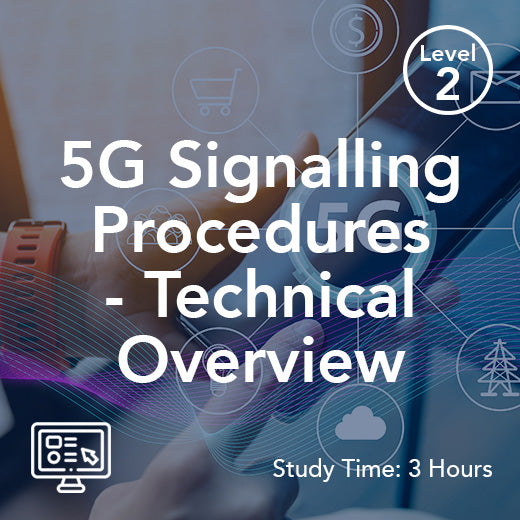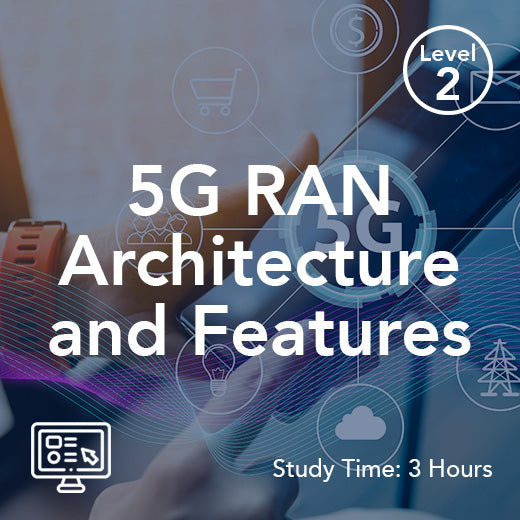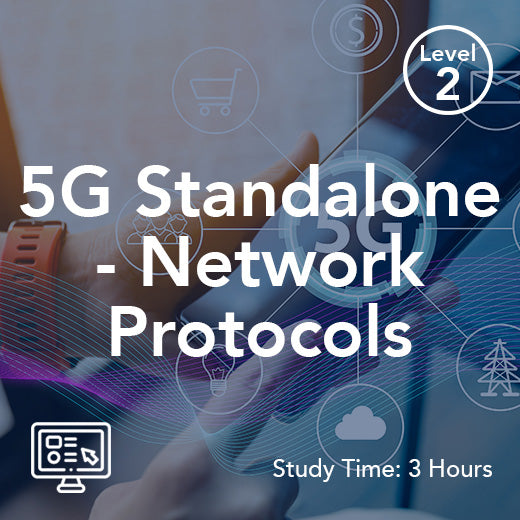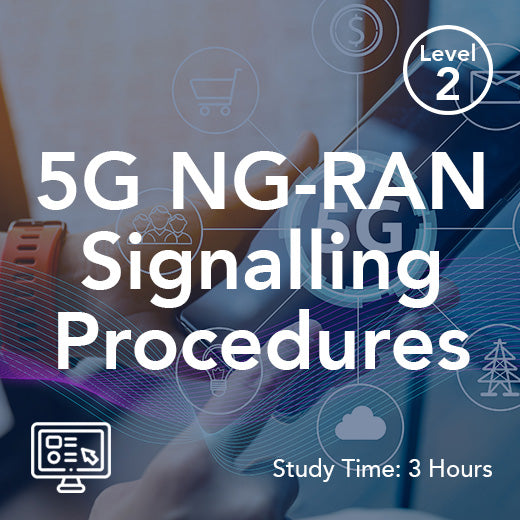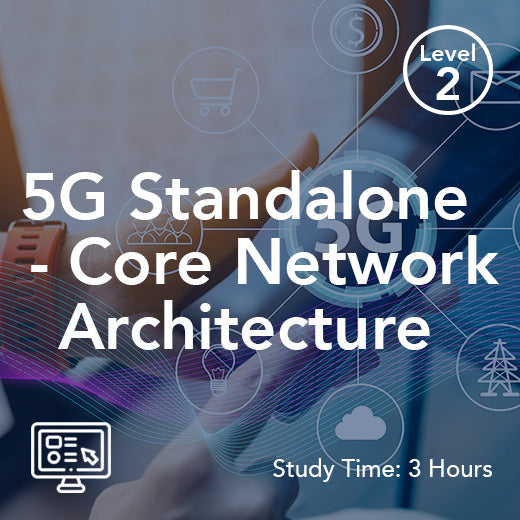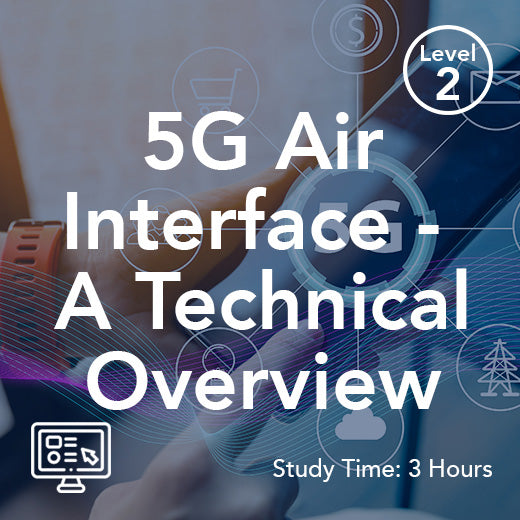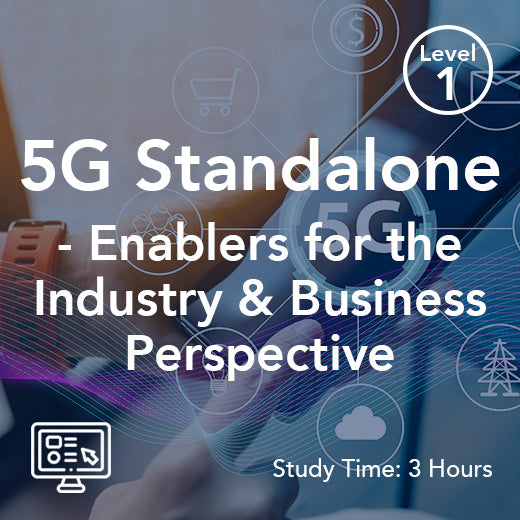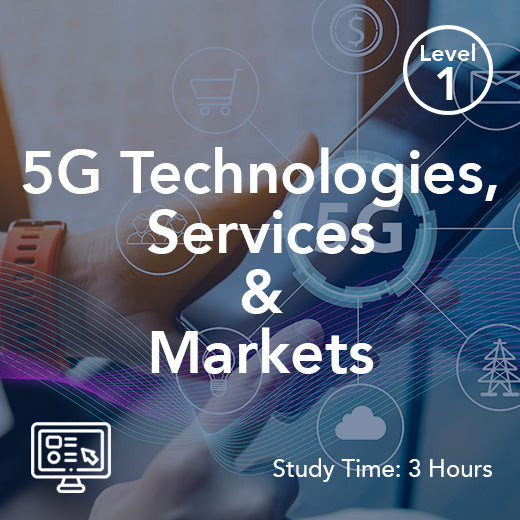Understanding 5G Wireless Backhaul Networks: A Simple Guide
- , by Stephanie Burrell
- 15 min reading time
In the fast-paced world of technology, 5G has become a buzzword, promising faster internet speeds and greater connectivity. Yet, behind the scenes of these advancements lies the crucial infrastructure of wireless backhaul networks, which play a crucial role in enabling high-performance 5G networks. These networks are essential for transmitting large amounts of data between cell towers and the core internet, ensuring that our devices remain connected. As 5G continues to expand, understanding how these backhaul systems function becomes increasingly important. This guide aims to shed light on the basics of 5G wireless backhaul, making it accessible to everyone.
What is 5G Wireless Backhaul?
The concept of wireless backhaul is essential in understanding how 5G networks function. It serves as the backbone, connecting different parts of the network and ensuring rapid data transmission. A secure and reliable connection is crucial in 5G backhaul networks to safeguard user data and support the integration of numerous IoT devices. As 5G expands and internet traffic grows exponentially, the role of backhaul becomes even more critical, providing the necessary bandwidth and reliability.
Basics of Wireless Backhaul
Wireless backhaul refers to the process of transmitting data from local networks, like cell towers, to the broader internet infrastructure. This is crucial in maintaining connectivity and ensuring data flow between devices and the network. The transport network that connects the core network with the Radio Access Network (RAN) is known as mobile backhaul.
Backhaul acts as an intermediary, connecting the edge of the network to its core. It manages data traffic, ensuring that information is delivered efficiently. This is especially important in urban areas where data demand is high.
The evolution of backhaul technology has been driven by the need for higher speeds and greater capacity. Compared to previous generations such as 3G and 4G, 5G backhaul requires much higher capacity and broader coverage to support advanced applications. As 5G networks roll out, backhaul systems must adapt to handle increased data volumes, with increased capacity being a key benefit of 5G backhaul technology. This involves integrating newer technologies and improving existing infrastructure.
Importance of Backhaul in 5G
Backhaul is crucial in making 5G networks functional and effective. It provides the necessary link between cell towers and the main network, handling the increased data loads that 5G entails.
Without efficient backhaul, the promise of 5G’s fast speeds and low latency would be unachievable. It ensures that data can travel quickly and reliably, meeting the needs of modern digital applications. Link reliability is essential for maintaining high bandwidth and low latency in 5G backhaul, supporting seamless connectivity. Meeting low latency requirements is especially critical for mission-critical 5G applications and real-time services.
As more devices connect to 5G, the demand for robust backhaul solutions grows. This means investing in technology that can support high data throughput and maintain network stability. Additionally, network resiliency becomes a key benefit, ensuring reliable and high-capacity connections even as network demands increase.
Key Components of Backhaul
The components of a backhaul network include various technologies and systems. These elements work together to ensure data is transmitted efficiently and reliably.
-
Fibre Optic Cables: Often used for their high-speed data transfer capabilities.
-
Microwave Links: Useful for areas where laying cables is impractical.
-
Routing Equipment: Manages data paths and ensures efficient traffic flow.
In a typical 5G backhaul network, base stations and cell sites serve as the physical locations where cellular antennas and equipment are installed. These sites connect to the core network through backhaul links. Within the radio access network (RAN) architecture, radio units, central units, and radio elements play key roles in processing and transmitting data between the user devices and the core network. Cloud RAN is an emerging architecture that centralizes certain RAN functions, improving efficiency and scalability by reducing complexity and cost at the cell site.
Each component plays a specific role, contributing to the overall effectiveness of the backhaul network. The choice of technology depends on factors like location, data requirements, and cost considerations.
Backhaul Network Architecture
Backhaul network architecture is the blueprint that determines how data travels from the radio access network (RAN)—where your mobile device first connects—to the core network, which links to the wider internet. In 5G mobile networks, a well-designed backhaul network is essential for delivering high capacity, low latency, and reliable connectivity. The architecture must support the massive data flows and rapid response times that next generation networks demand, ensuring that users experience seamless connectivity whether they’re streaming video, using smart city services, or connecting numerous devices.
A robust backhaul network architecture not only boosts overall network performance but also enables mobile operators to efficiently manage growing demand and support the exponential growth of connected devices. By structuring the backhaul network for high capacity and low latency, mobile networks can deliver the fast, reliable service that 5G promises.
How 5G Backhaul Networks are Structured
5G backhaul networks are organized into three main layers: core, aggregation, and access. This layered approach helps manage the complex flow of data across the network and ensures efficient connectivity between all parts of the system.
-
Core Layer: This is the central hub of the network, responsible for managing and routing data across the entire backhaul network. It connects directly to the core network, which provides access to the internet and other essential services.
-
Aggregation Layer: Acting as a middleman, the aggregation layer collects data traffic from multiple cell sites and forwards it to the core layer. This helps streamline data management and improves network efficiency.
-
Access Layer: The access layer is the entry point for data from cell sites. It connects these sites to the aggregation layer, providing the crucial “last mile” of connectivity that links users’ devices to the broader network.
By structuring 5G backhaul networks in this way, mobile operators can ensure that data moves smoothly from cell sites to the core network, supporting the high speeds and low latency that users expect from modern mobile networks.
Core, Aggregation, and Access Layers
Each layer of the backhaul network plays a specific role in supporting connectivity for a wide range of devices and services:
-
Core Layer: Directly linked to the core network, this layer handles the main data routing and ensures that information can travel to and from the internet efficiently.
-
Aggregation Layer: This layer gathers data from many cell sites, combining multiple data streams before sending them to the core. It helps manage the heavy traffic generated by numerous connected devices, including mobile devices and IoT devices.
-
Access Layer: The access layer connects individual cell sites to the aggregation layer using wireless backhaul solutions like microwave backhaul or fiber backhaul. This layer is vital for providing reliable connectivity to mobile devices, IoT devices, and other wireless devices at the network’s edge.
By leveraging a mix of wireless backhaul and fiber backhaul technologies, the access layer ensures that even the most remote or densely populated cell sites can maintain strong, stable connections. This layered approach allows the backhaul network to support the ever-increasing number of connected devices and the high data rates required by 5G applications.
Types of Backhaul Networks
Backhaul networks can vary widely based on technology and application. Wired network infrastructure is a foundational element of 5G backhaul, connecting the 5G core to remote sites or subnetworks to ensure reliable data transmission. Mobile network operators are typically the primary entities responsible for deploying and managing these backhaul networks. Understanding these types helps in selecting the right solution for different 5G deployment scenarios.
Wired vs Wireless Backhaul
|
Feature |
Wired Backhaul |
Wireless Backhaul |
|---|---|---|
|
Speed |
High |
Variable |
|
Deployment Cost |
High |
Moderate |
|
Flexibility |
Low |
High |
Wired backhaul relies on cables, such as fibre optics, to transmit data. It offers high speeds but can be costly to install and less flexible. Wireless backhaul, on the other hand, uses radio waves for data transmission. This method is more adaptable and often more cost-effective.
Small cell backhaul is essential for connecting small cells in dense urban areas. Small cells act as miniaturized base stations that support network densification and enable high-capacity, low-latency 5G services. High-frequency wireless technologies, such as millimeter wave bands (including V-Band and E-Band), are commonly used for small cell backhaul due to their ability to deliver the necessary capacity and short-range connectivity required in urban small cell deployments.
Microwave and Millimetre Wave
Microwave and millimetre-wave technologies are integral to wireless backhaul. They provide high-capacity links over varying distances, ideal for urban environments where space is limited. E-Band, a high-frequency spectrum used for wireless backhaul, offers significant capacity and range, making it suitable for high-capacity, long-distance links.
Microwave links are suited for long distances, offering reliable connectivity and often utilize traditional bands above 18 GHz, which benefit from block spectrum licensing in many regions. Millimetre waves, with their higher frequency, are used for shorter links, providing higher bandwidth and high availability for short-range, high-capacity connections in 5G wireless backhaul networks.
The choice between these technologies depends on specific network needs, with consideration for environmental factors and deployment costs.
Satellite Backhaul Options
Satellite backhaul offers an alternative for remote or hard-to-reach areas. It provides coverage where traditional backhaul methods may be impractical.
Satellites can bridge the gap in connectivity, providing internet access in remote locations. They can serve as a primary or backup solution, ensuring continuous service.
While satellite backhaul is versatile, it may face challenges such as latency and higher costs, influencing its deployment in certain areas.
Frequency Bands and Spectrum
Frequency bands and spectrum allocation are at the heart of how backhaul networks operate. For mobile operators, choosing the right frequency bands is essential for building a backhaul network that delivers efficient use of resources, minimizes interference, and supports the high capacity and low latency required by 5G backhaul. Careful spectrum management ensures that the network can handle large volumes of data and provide reliable connectivity, even as the number of connected devices continues to grow.
By optimizing frequency band selection, mobile operators can maximize network performance, reduce operational costs, and improve management efficiency across their backhaul infrastructure.
Common Frequency Bands Used in 5G Backhaul
5G backhaul networks rely on a variety of frequency bands to meet different connectivity needs:
-
Millimeter Wave Bands: These include the 24 GHz, 28 GHz, and 39 GHz bands. Millimeter wave bands offer extremely high bandwidth, making them ideal for supporting high-capacity data streams between cell sites in dense urban environments. Their shorter range is balanced by the ability to enable faster speeds and lower latency.
-
Traditional Microwave Bands: Common bands such as 6 GHz, 11 GHz, and 18 GHz are widely used for microwave backhaul. These bands are well-suited for longer-distance connections and provide a good balance between capacity and coverage.
-
License-Exempt Spectrum: The 60 GHz band is an example of license-exempt spectrum that can be used for 5G backhaul. This allows mobile operators to deploy backhaul links quickly and cost-effectively, especially in areas where licensed spectrum is limited or expensive.
The choice of frequency band depends on several factors, including the distance between cell sites, the anticipated traffic load, and the level of interference in the area. Mobile operators must also weigh the cost and management efficiency of each frequency band to ensure their backhaul network can deliver high performance while remaining cost effective. By carefully planning spectrum use, operators can build backhaul networks that support the demands of next generation networks and provide reliable, high-speed connectivity for all users.
Challenges in 5G Backhaul
Deploying 5G backhaul networks comes with its own set of challenges. These include technical, financial, and security considerations that must be addressed. Improved security is a key focus in the development of 5G backhaul technologies, with advancements such as millimeter waves and beamforming helping to reduce interception risks and increase network robustness. Additionally, emerging markets face specific challenges in deploying wireless backhaul networks, such as limited adoption due to interference, transmission range issues, and the unlicensed nature of WiFi backhaul in these regions.
Bandwidth and Latency Issues
Bandwidth is critical in backhaul networks, as it determines the amount of data that can be transmitted. With 5G, bandwidth demands have increased significantly.
Latency, or the delay in data transmission, is also a concern. Low latency is crucial for applications like autonomous vehicles and real-time streaming.
To tackle these challenges, networks must invest in advanced technologies and optimise existing infrastructure to meet performance requirements.
Infrastructure and Deployment Costs
The cost of deploying 5G backhaul can be substantial, involving both initial investment and ongoing maintenance.
-
Building new infrastructure is expensive, especially in urban areas.
-
Upgrading existing systems to handle 5G data loads can also be costly.
-
Balancing cost with performance is key to successful deployment.
Cost-effective solutions and strategic planning are essential for efficient deployment, especially in regions with budget constraints.
Security Concerns in Backhaul
Security is paramount in 5G backhaul networks, given the sensitive nature of the data transmitted.
-
Risks include data breaches and cyber-attacks.
-
Protecting data integrity and ensuring privacy are critical.
-
Implementing robust security measures is necessary to safeguard the network.
Regularly updating security protocols and monitoring network activity helps in mitigating potential threats.
Future of 5G Backhaul
The future of 5G backhaul involves exploring new technologies and improving existing systems to meet growing demands. Network densification, through the deployment of more cell sites and small cells, is a major trend driving the need for advanced backhaul solutions to support increased network capacity and performance.
Emerging Technologies in Backhaul
Emerging technologies are set to revolutionise backhaul networks. Innovations like network slicing and edge computing are leading the way.
-
Network slicing allows for dedicated backhaul paths tailored to specific needs.
-
Edge computing reduces latency by processing data closer to the source.
These advancements promise to enhance backhaul efficiency and support diverse applications.
Potential Impacts on Connectivity
The evolution of backhaul networks will significantly impact connectivity. As backhaul capabilities improve, users can expect enhanced service quality.
-
Faster speeds and lower latency will improve user experiences.
-
Expanded coverage will connect more people and devices.
This progress will benefit industries and individuals alike, enabling new possibilities in digital communication.
Global Trends and Developments
Globally, backhaul networks are evolving to accommodate 5G. According to ABI Research, market trend data and forecasts highlight significant growth and technological advancements in 5G backhaul technology. Countries are investing in infrastructure and exploring innovative solutions.
-
Increased collaboration among nations to share best practices.
-
Adoption of new standards to ensure network compatibility.
These trends will shape the future landscape of connectivity, fostering greater access and inclusivity.
Practical Applications of 5G Backhaul
5G backhaul has practical applications that enhance everyday experiences and support technological advancements.
Enhancing Mobile Network Coverage
Improving mobile network coverage is a primary application of 5G backhaul. This ensures that users experience consistent connectivity.
-
Expanded coverage areas are possible with efficient backhaul.
-
Urban and rural areas benefit from improved network reach.
Reliable backhaul supports seamless communication, making mobile networks more accessible.
Supporting IoT and Smart Cities
Internet of Things (IoT) and smart cities rely on robust backhaul systems. They require fast, reliable data transmission to function effectively.
-
Backhaul supports the vast data needs of IoT devices.
-
Smart city infrastructure depends on efficient data flow.
Investments in backhaul technologies will drive innovation in these areas, improving quality of life.
Benefits for Remote Areas
Remote areas often struggle with connectivity issues. 5G backhaul provides solutions to bridge this gap.
-
Satellite and wireless options offer coverage in inaccessible regions.
-
Improved connectivity boosts economic and social development.
By addressing these challenges, 5G backhaul can make a significant impact in underserved communities.





